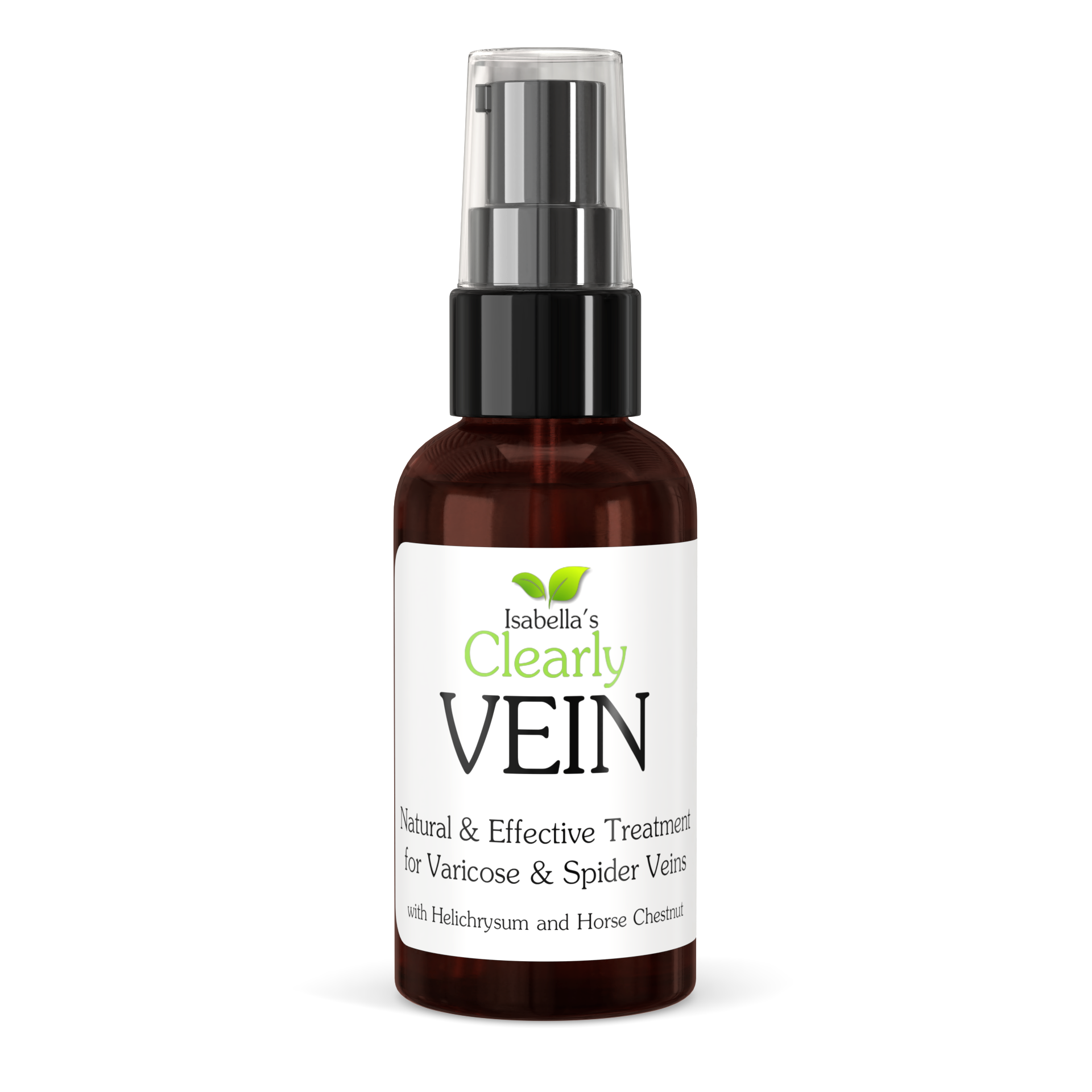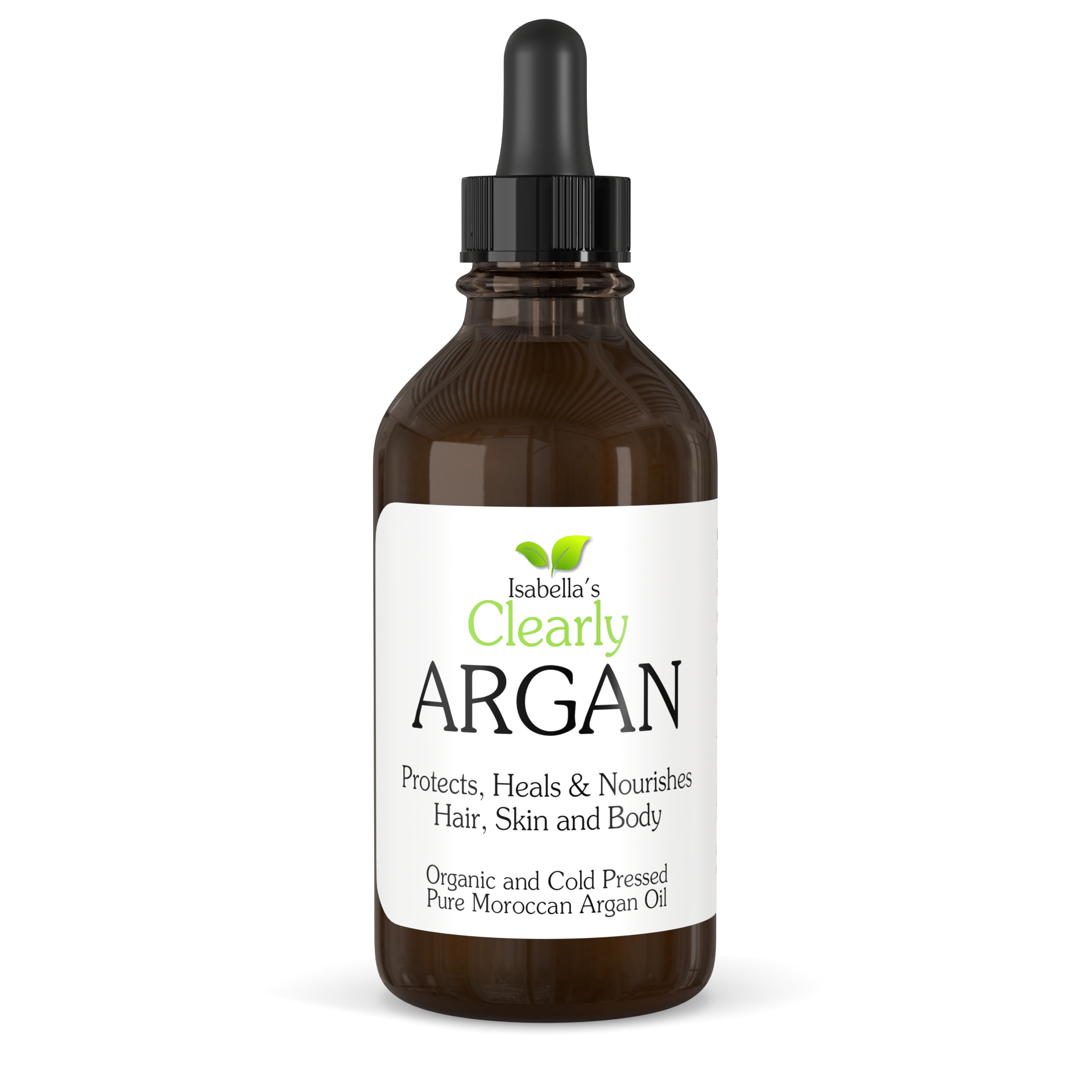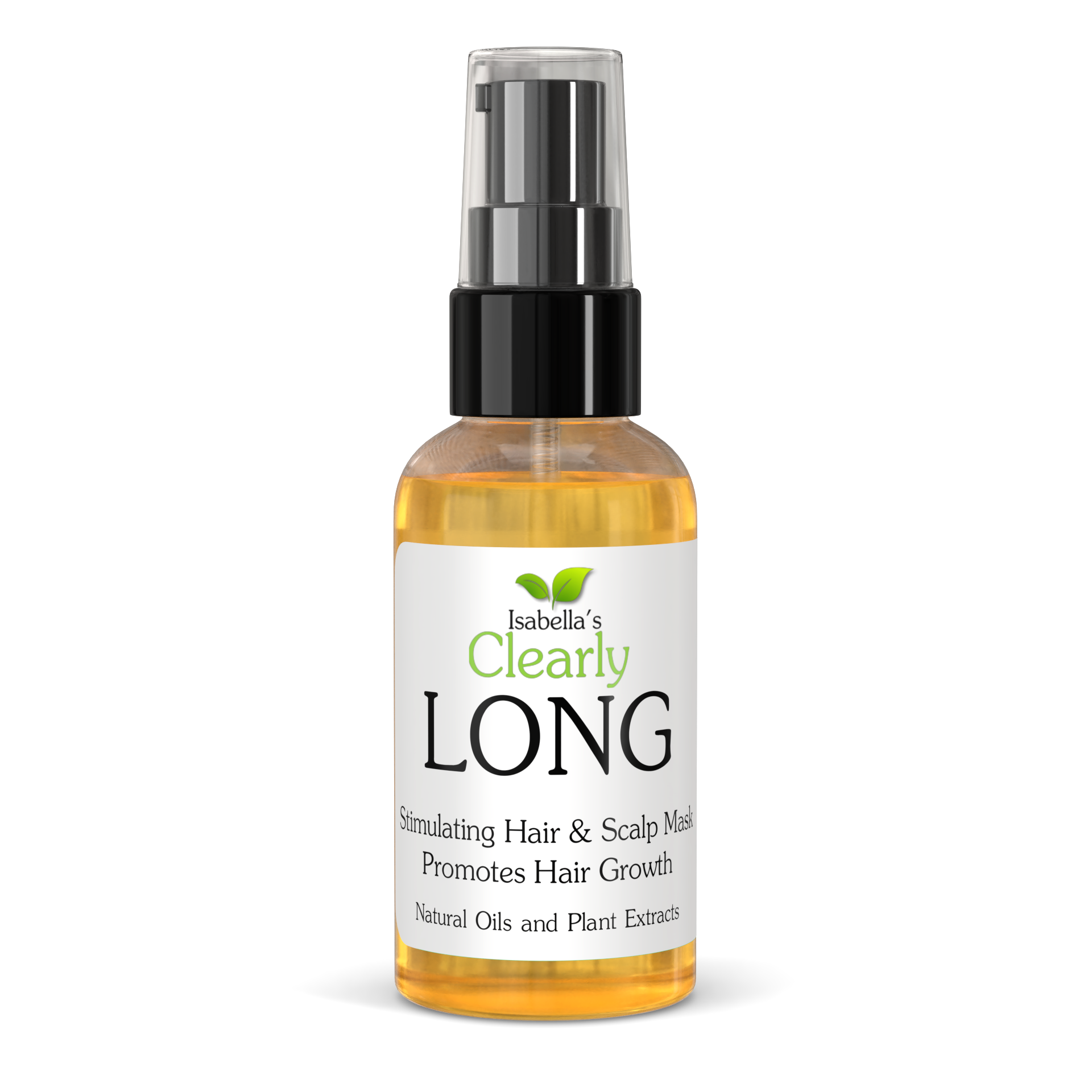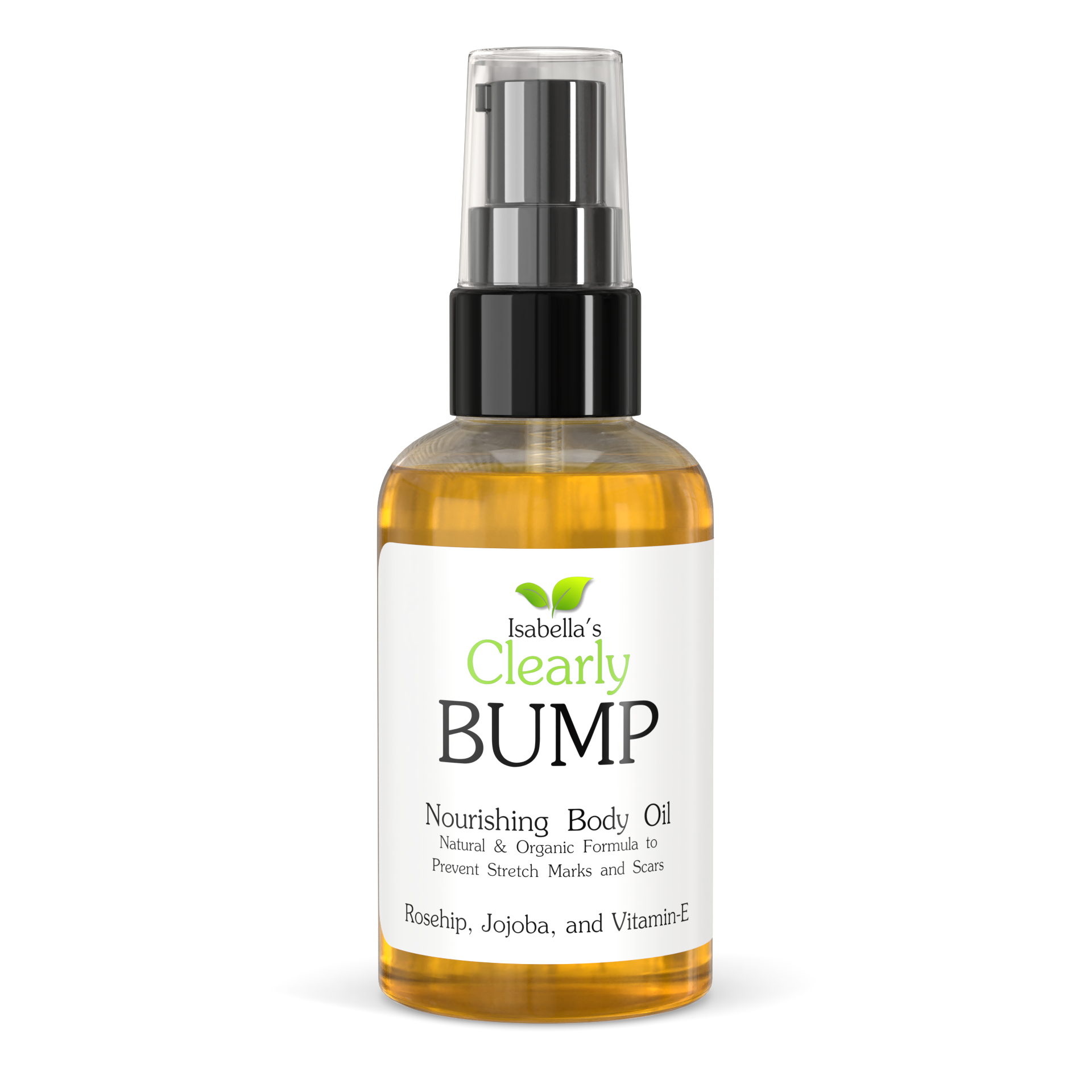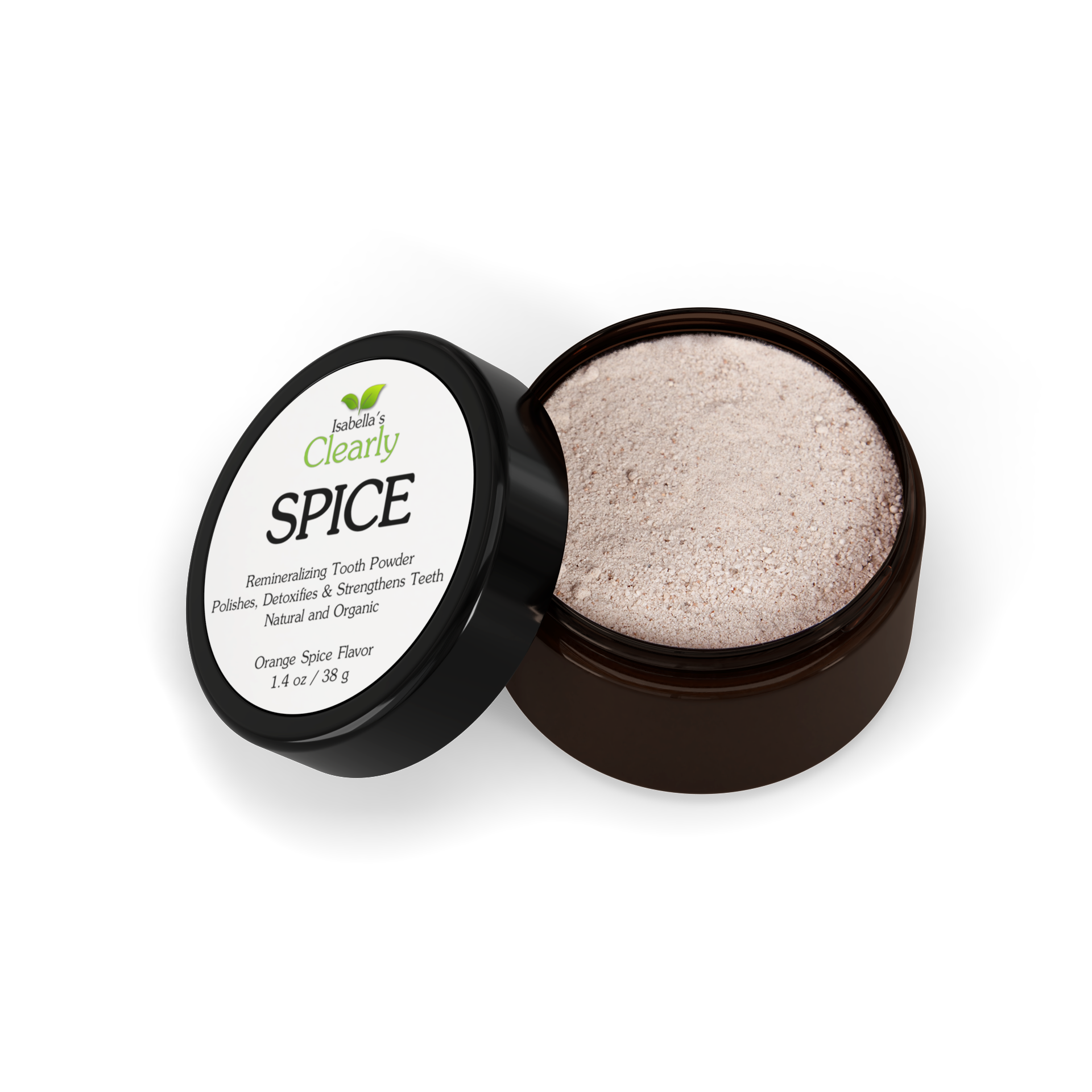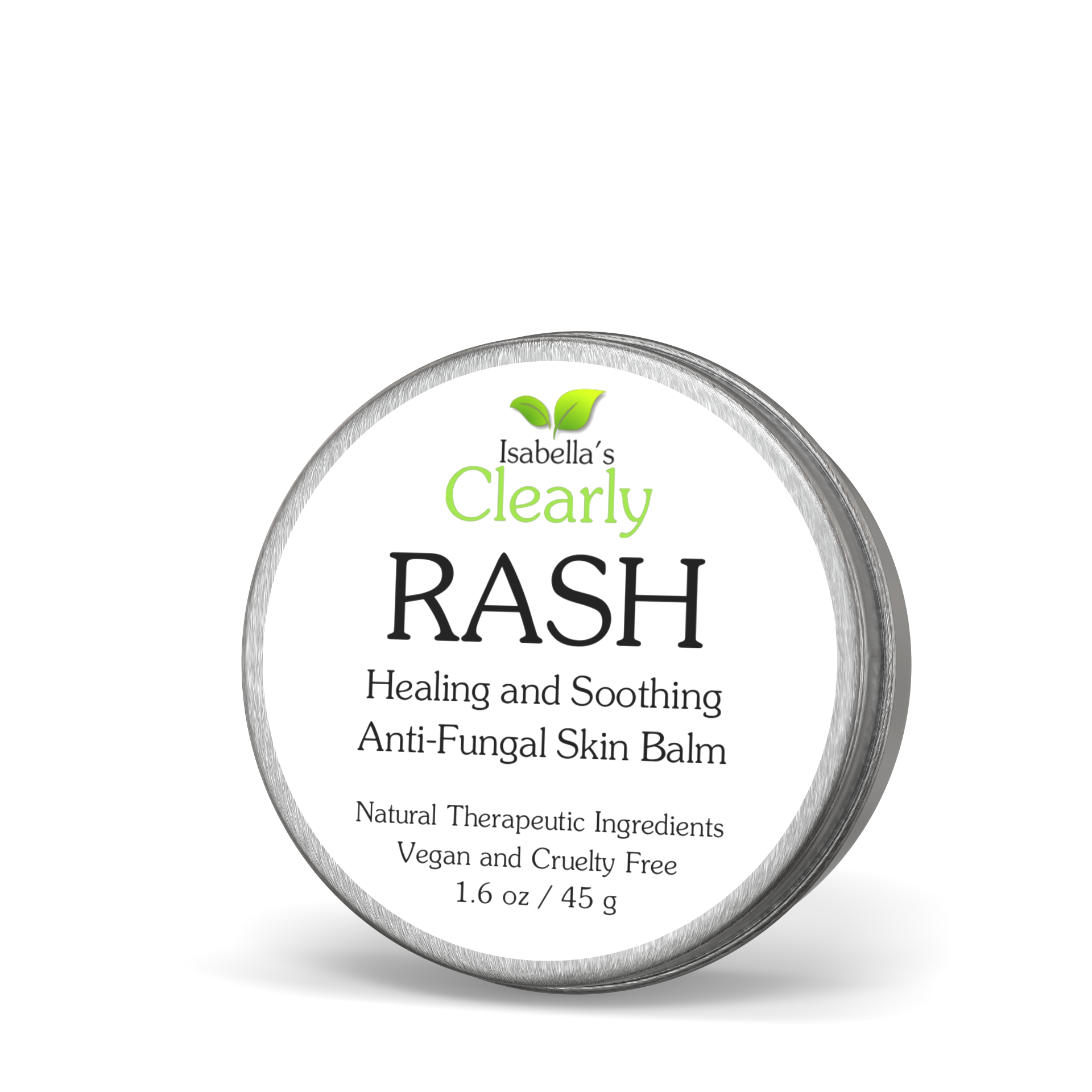Beauty without Water: 5 Reasons to Choose Waterless Products
Did you know that water is the primary ingredient in most skin care and personal care products? In fact, water is typically the top ingredient and makes up about 60% to 70% of the formulation. It may sound harmless, because after all, it’s just water. However, eliminating water and choosing water-free products can help save your skin, your health and the planet.
What are Waterless, Water-Free or Anhydrous Products?
Simply put, waterless or anhydrous products are products that are free of water. Instead, they are made up of butters, oils, waxes and oil-soluble ingredients. The trend, which began in South Korea, was intended to make products more potent and concentrated by eliminating water as an ingredient. But with a realization that waterless products are also more sustainable, the movement has uncovered other benefits that consumers and brands are embracing.
Why is Water used in Skin Care Products?
Water plays a key role in product formulations; for example, it acts as a solvent to dissolve ingredients that are beneficial to the skin and it also helps to form emulsions, in which oil and water are combined to make creams and lotions. Waterless products, therefore, come in different forms, like powders, solids, balms or oils, and can be mixed with water at home to activate the ingredients.
5 Reasons to Choose Waterless Products
Waterless products are more potent
Waterless products are often more potent due to higher concentrations of active ingredients. They are also generally more effective as the use of water may dilute the efficacy of the ingredients. Using less product while seeing quicker results can be a major incentive to switch to waterless.
No water means no need for harmful preservatives
Because water is a breeding ground for bacteria, water-based products require high amounts of synthetic preservatives, such as parabens, in order to prevent bacterial growth. Waterless products on the other hand, may not require any preservatives at all or can be preserved with more natural preservatives.
Choosing waterless helps to conserve water
With many places around the globe facing clean water shortages, it is becoming increasingly important to find ways to reduce our water footprint. According to the United Nations, “two thirds of the global population live under conditions of severe water scarcity for at least one month of the year.” When companies choose to make water-free products, they are taking steps to conserve our depleting water supply, and likewise, as consumers, we can do the same.
Waterless products help to reduce our carbon footprint
When transporting products, the heavier and bulkier the item, the more fuel is required to transport it and more harmful emissions are generated in the process. Because waterless products are typically more compact and lighter in weight, they can potentially decrease our carbon footprint when being transported. Also, for brands making waterless products, they no longer have to ship large quantities of water to their production facilities and warehouses, which also reduces transportation costs and eliminates the harmful emissions that would otherwise be generated.
Without water, products last longer
Another benefit to waterless formulations is that products are less likely to run into bacterial growth issues, meaning they will last longer. This is great for reducing waste of the product and of the packaging, and also means transporting less as products can safely sit longer on shelves.



